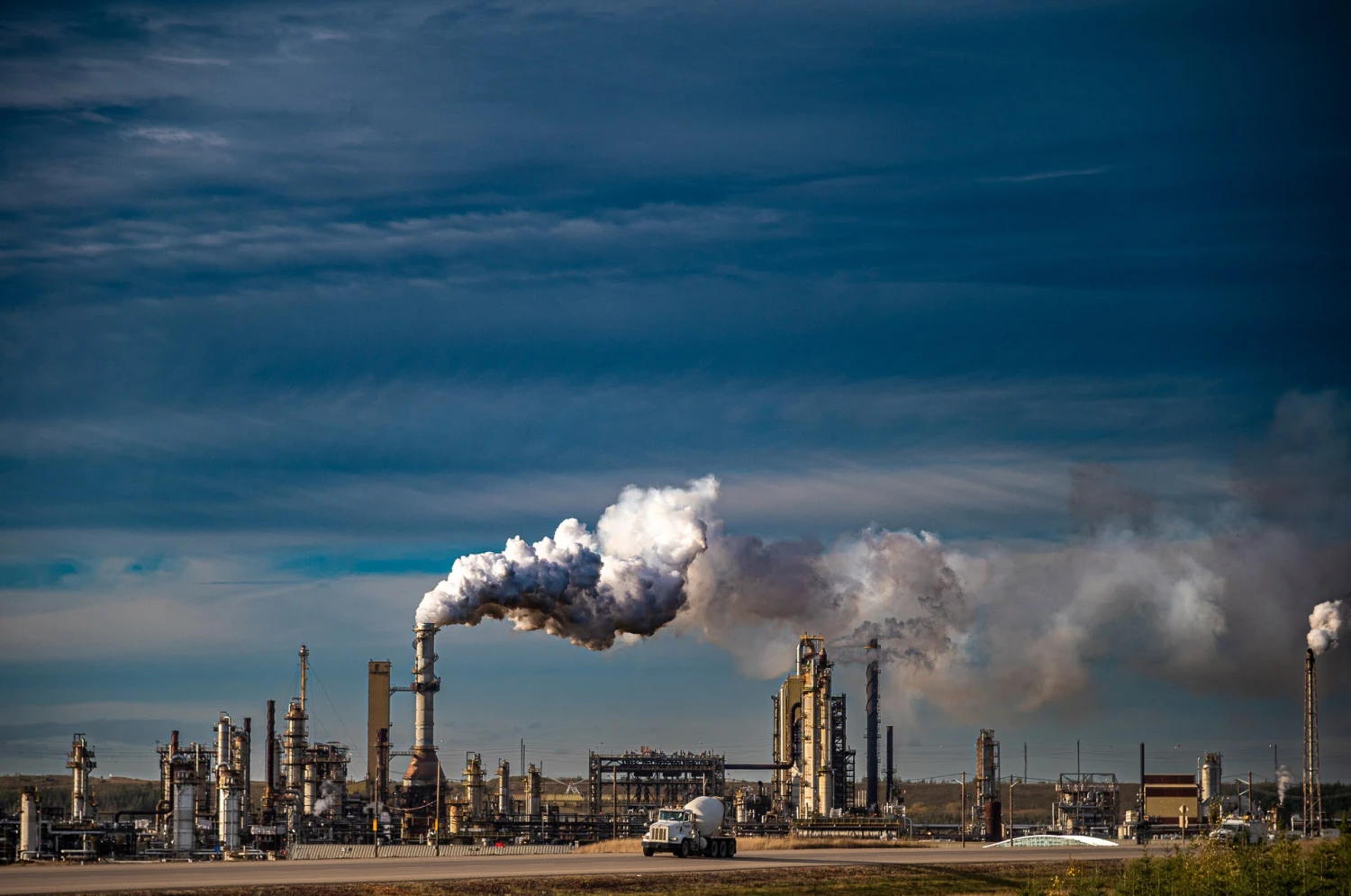At the World’s Largest Gas Industry Conference, Optimism Rules
This week in Milan, the biggest players in the global gas industry convened to make one thing abundantly clear: gas is no longer sidelined or muted—it’s back, and unwilling to apologize for being a fossil fuel.
At the Gastech gathering, exhibition halls were filled with scale models of LNG tankers, cutaway turbine prototypes, and modular regas equipment. The mood has shifted dramatically from years ago, when tension around hydrogen and climate-driven narratives dominated the floor. Today, industry executives are laser-focused on ramping up conventional gas production and logistics.
As one senior executive from a Korean LNG equipment firm put it, “Just a few years ago, the conversation was all about hydrogen and turning gas into ‘something else.’ Now everyone is clear: traditional gas infrastructure is going to be necessary for a long time. There’s no ambiguity anymore.”
The Message from Policy Makers: Business First, Transition Later
The conference’s opening remarks underscored this sentiment:
- The EU’s top energy official skimmed over clean energy talk before pivoting to a firm message that “LNG will remain part of Europe’s energy system for decades,” adding that Europe remains “open for business” for the gas sector.
- The U.S. Interior Secretary—launching a bold version of “drill baby drill”—argued that exporting energy to allies is a direct path to peace, freeing friends from reliance on adversarial regimes.
These endorsements signal a clear alignment between industry and policymakers: gas is not only accepted but actively encouraged as part of both economic and geopolitical strategy.
What This Means for Investors & Energy Strategy
This shift in tone and policy support suggests significant implications:
- For Energy Companies: Expect immediate boosts to LNG investments, regasification infrastructure, and conventional gas exploration projects. Firms focused on hydrogen or renewables may see capital tilted back toward traditional assets.
- For Infrastructure Investors: Projects like LNG terminals, pipeline expansions, and turbine upgrades may get fast-tracked with policy support and public intent.
- Policy Makers & Planners: Renewables and clean energy advocates are temporarily deprioritized, as governments hedge energy security bets on gas—even as transition goals remain long-term.
- Risk Management: Gas market dynamics will command renewed attention—from price volatility to geopolitical supply chains.
Summary Table: Key Themes & Strategic Responses
| Theme | What It Means |
|---|---|
| Atmosphere Shift | Gas is in again—mainstream, unapologetic, and infrastructure-ready. |
| Policy Validation | EU and U.S. voices signal institutional comfort with expanding gas investments. |
| Investment Pivot | Capital may flow back into gas-based energy infrastructure and logistics. |
| Long View Strategy | Transition goals may be delayed in favor of ensuring short- to mid-term energy security. |
| Market Risks & Watchpoints | Scrutiny on gas pricing, supply disruptions, and regulatory shifts to follow. |
Bottom Line:
After years of existential uncertainty, the global gas industry is openly celebrating a return to relevance. Backed by political comfort and robust policy signals, gas is reclaiming its central role. For investors and energy architects, today marks a blank check for gas infrastructure more than a crossroads for energy transition.





